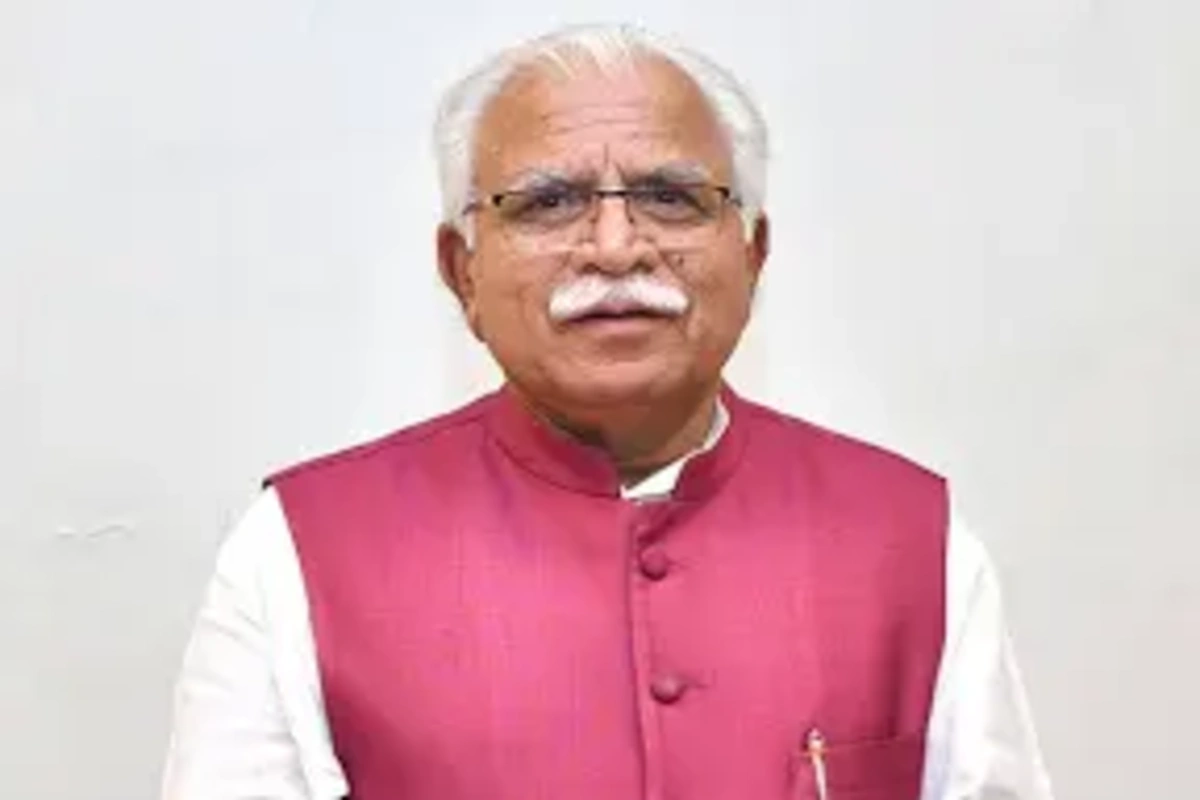Gurugram News: Union Minister Manohar Lal Khattar announced on Friday that the Delhi-Haryana-Rajasthan Rapid Rail corridor is likely to receive Cabinet approval shortly, marking a major step in regional connectivity and infrastructure development.
Delhi-Haryana-Rajasthan Rapid Rail Corridor to Get Cabinet Nod Soon
According to reports by The Indian Express, the corridor is part of the larger Delhi-Alwar Regional Rapid Transit System (RRTS) project. The specific section will stretch from Sarai Kale Khan (Delhi) to Shahjahanpur–Neemrana–Behror (Rajasthan), passing through Gurgaon and covering a distance of 106 km.
The entire Delhi-Alwar 164-km rapid rail corridor is planned to be implemented in three phases. Once completed, it will combine elevated tracks and tunnels, significantly reducing the travel time between these regions from around two hours to just 117 minutes.
In the first phase, construction is already underway for the Delhi-Neemrana stretch (106 km). The RRTS will have its base at Sarai Kale Khan in Delhi and will pass through important stations including Munirka, Aerocity, Gurugram, Sotanala, and Rewari, ultimately connecting to Alwar in Rajasthan with a total of 22 stations.
The announcement came during the bhoomi pujan ceremony of the first phase of the Gurugram metro project at Sector 44, attended by Haryana Chief Minister Nayab Singh Saini.
Alongside the rapid rail corridor, a new 28.5 km Gurugram metro corridor will link Millennium City Center to Cyber City and extend to Dwarka Expressway. This project includes 27 elevated stations and is expected to ease traffic, reduce pollution, and generate employment opportunities.
Speaking at the Gurugram University Campus Auditorium, Union Minister Khattar underlined India’s rapid metro expansion:
“In 2014, metro lines spanned 248 km across five cities. Today, we have 1,066 km in 24 cities, with another 970 km under construction. India is on track to lead globally in metro infrastructure,” he said.
CM Saini called the metro rail development a “historic day for Gurugram”, emphasizing the project’s positive impact on reducing traffic congestion, cutting travel time, lowering pollution, and creating jobs. The Gurugram metro corridor will include key stations such as Subhash Chowk, Hero Honda Chowk, Udyog Vihar, Palam Vihar, and Railway Station, with completion expected within four years.


